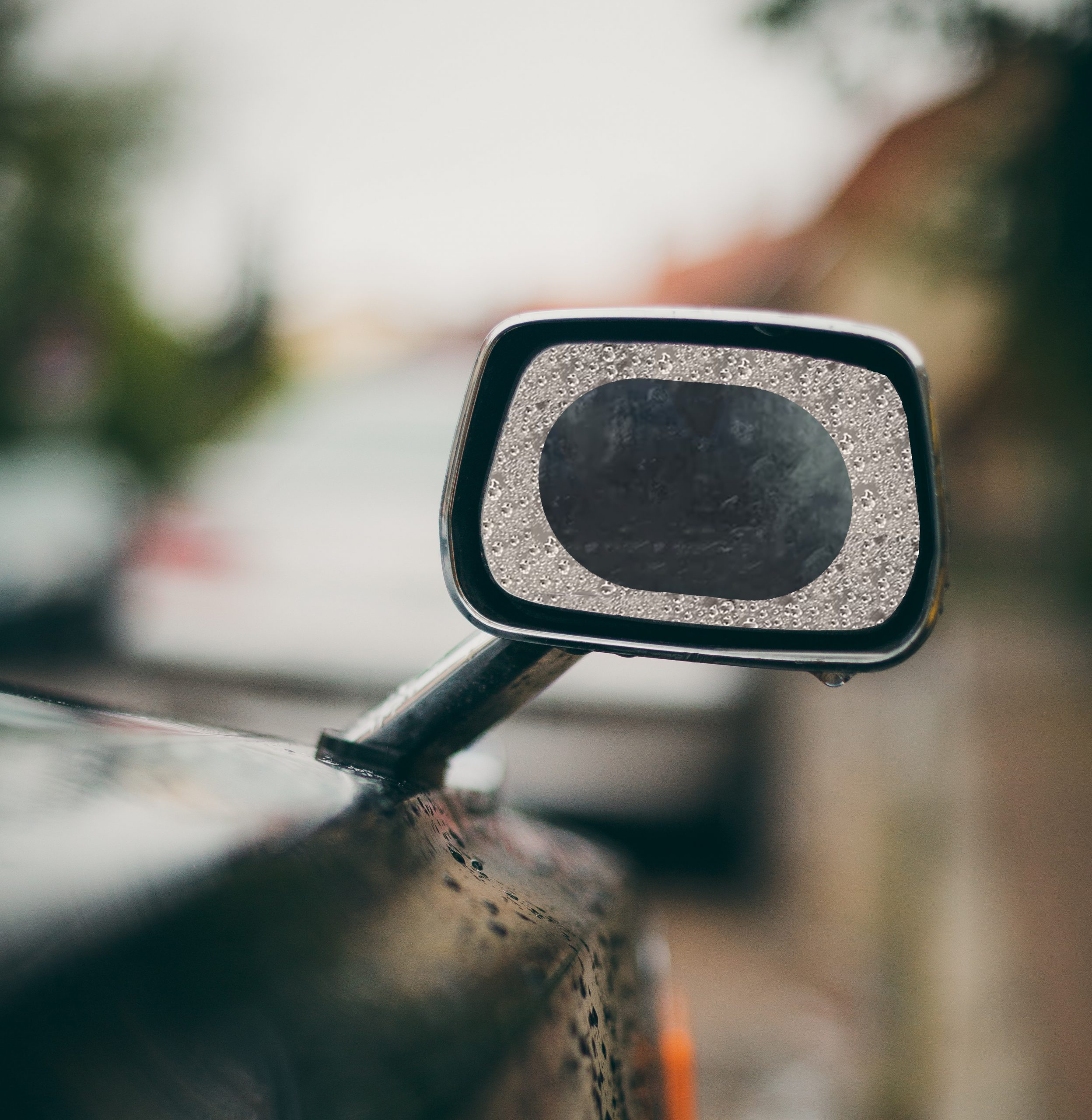**Can You Drive with a Nail in Your Tire? What You Need to Know**
Discovering a nail embedded in your tire can be alarming. Many drivers wonder: *Can I keep driving with a nail in my tire, or should I pull over immediately?* The answer depends on several factors, including the severity of the damage, the location of the nail, and how quickly you address the issue. In this article, we’ll explore the risks of driving with a nail in your tire, what signs to watch for, and the best steps to ensure your safety on the road.
—
### Understanding the Risks of Driving with a Nail in Your Tire
When a nail punctures a tire, it creates a hole that can compromise the tire’s integrity. The severity of the damage can vary widely:
– **Minor punctures**: If the nail only barely penetrates the tread and isn’t in the sidewall, it might not cause immediate problems.
– **Deeper punctures**: A nail lodged deeply into the tread can lead to slow leaks, sudden flats, or even blowouts if left unaddressed.
**Driving with a nail in your tire can be risky for several reasons:**
1. **Loss of Air Pressure**: A nail puncture often causes gradual deflation, which can lead to underinflation. Driving on underinflated tires reduces fuel efficiency, impairs handling, and increases the risk of tire failure.
2. **Tire Blowouts**: If the nail causes a significant puncture or the tire is subjected to high speeds and loads, it could result in a blowout — a dangerous situation that can cause loss of vehicle control.
3. **Damage to the Tire and Wheel**: Continuing to drive with a nail lodged in your tire can cause further internal damage, making repairs more difficult or expensive.
—
### Should You Drive with a Nail in Your Tire?
**The short answer:** It depends. Here are some guidelines:
– **If the nail is in the tread (not sidewall)** and the tire still holds air, you might be able to drive a short distance at low speeds to the repair shop. However, this is not recommended as a long-term solution.
– **If the nail is in the sidewall**, do **not** drive on it. Sidewalls are crucial for tire stability, and damage here generally means the tire needs replacing.
### Signs That You Should Not Drive
– **Sudden loss of air pressure**: If your tire rapidly deflates, pull over immediately.
– **Vibrations or noise**: Unusual vibrations or thumping sounds could indicate internal damage.
– **Visible nail or object**: If you see the nail and the tire is losing air, don’t continue driving.
– **Decreased handling or steering issues**: Any abnormal vehicle behavior warrants stopping and inspecting.
### What To Do If You Find a Nail in Your Tire
1. **Assess the Situation**: Check if the tire is losing air or if the nail is visible. Use your vehicle’s pressure gauge to see if the tire pressure has dropped.
2. **Avoid Driving if Possible**: If the tire is losing air quickly or the nail is in the sidewall, do not drive. Call roadside assistance or a tow to the nearest repair shop.
3. **Use a Tire Sealant or Spare**: If the puncture is minor and the tire is still holding air, some drivers opt to use a tire sealant spray to temporarily seal the hole. Alternatively, replace the damaged tire with a spare if available.
4. **Visit a Professional Tire Shop**: Even if you can drive for a short distance, it’s essential to have a professional inspect the tire as soon as possible. Many punctures can be repaired if they are in the tread area and not too close to the sidewall.
—
### Can You Repair a Tire with a Nail?
In many cases, a nail puncture can be repaired safely, but it depends on the location and extent of the damage:
– **Repairable areas**: Treads that are not in the sidewall and have a puncture less than ¼ inch in diameter can often be patched or plugged.
– **Non-repairable areas**: Damage to the sidewall, shoulder, or if the puncture is larger, usually requires a tire replacement.
**Important:** Never attempt to repair a tire yourself unless you have proper expertise and equipment. A professional inspection is always recommended.
—
### Preventive Tips
– **Regularly inspect your tires**: Look for embedded objects, cuts, or irregular wear.
– **Maintain proper tire pressure**: Underinflation can increase the risk of tire damage.
– **Avoid driving over debris**: Be cautious in construction zones or areas with loose nails, screws, and other sharp objects.
– **Schedule regular tire maintenance**: Rotations, alignments, and inspections can help identify issues early.
—
### Final Thoughts
While it might be tempting to keep driving with a nail in your tire to save time or avoid


